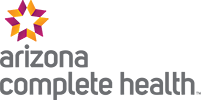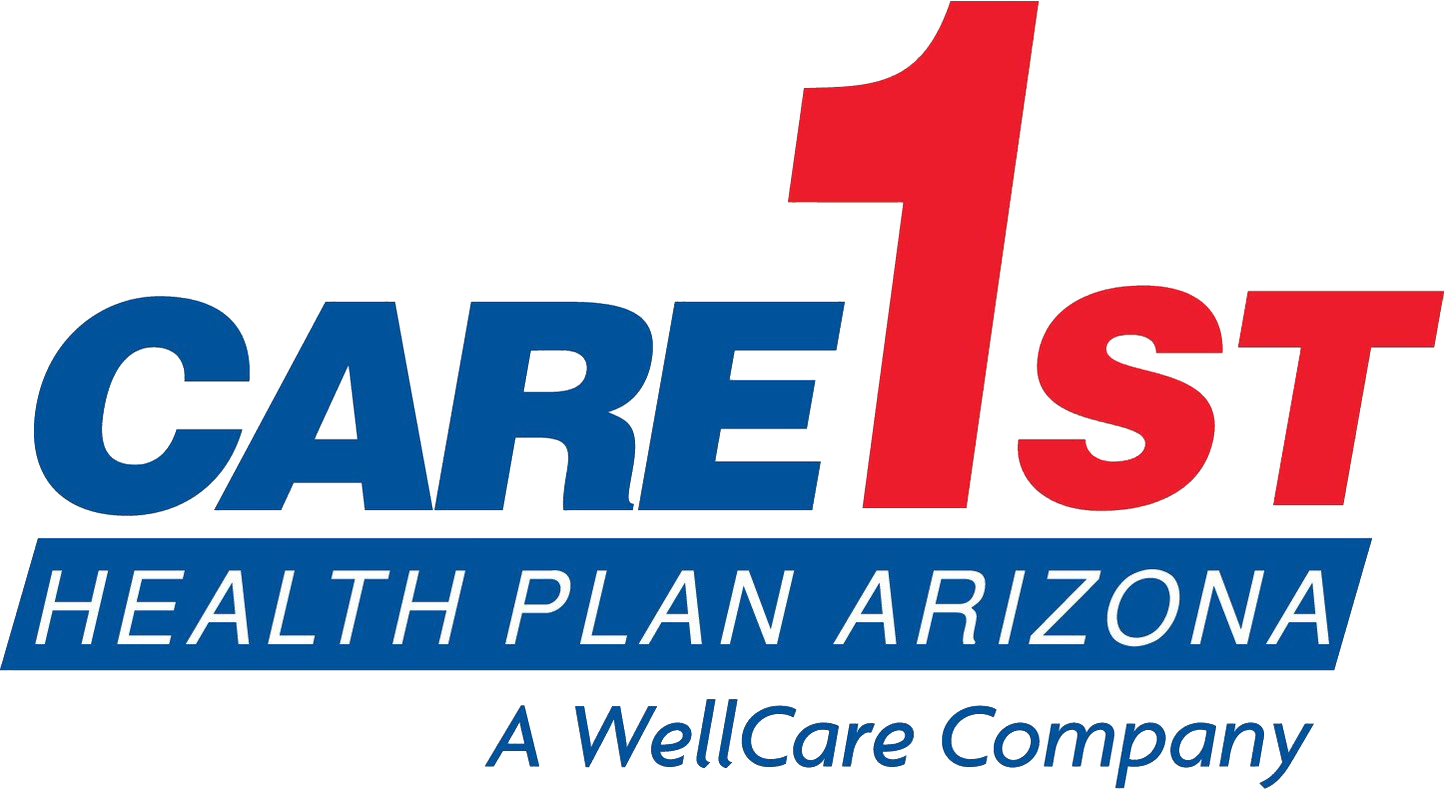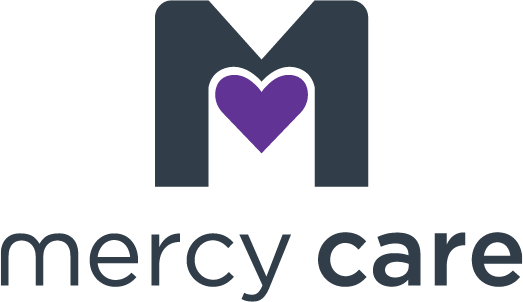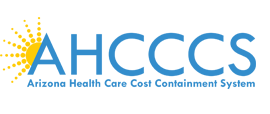Gavin Smith (not his real name) sat across from my desk and looked at me with that confident-yet-insecure look of so many high school seniors. Looking at Gavin, you’d think he had it made: young, smart and good looking; he was an honor student and varsity athlete who had already been admitted to his college of choice. But Gavin was also a drug addict. True, he didn’t look the part, but if he didn’t take his Vicodin every few hours, he’d begin the unpleasant withdrawal process that most addicts know all too well.
Gavin, like a growing number of teenagers I treat, was an in-the-closet pill addict who innocently fell into the black hole of drug addiction after getting prescribed pain pills following a knee procedure his junior year.
For other teens I’ve treated, the catalyst is innocently popping a pain pill that gets passed around at a Friday night party as freely as a joint or a beer. But the problem with pain pills is that if you take them consistently enough over a long enough period of time (sometimes as little as several days), you WILL develop a physical dependency to those pills—and there’s no amount of education or breeding that can stop that inevitable neurochemical process from occurring.
I had seen it many times before. In my role as a psychologist and addiction specialist, I wear many hats. I’m the Clinical Director of the Dunes, a high-end holistic rehab in Easthampton, New York. I also teach the treatment of addiction to graduate-level social workers at Stony Brook University and, as a psychotherapist, I provide treatment to teenagers in Long Island school districts. In all those professional roles, I’ve seen pill addiction exploding across the landscape—not just for adults, but in epidemic proportions in young people like Gavin who dance with opiates a little too long and got hooked.
The problem with pain pills is that if you take them consistently enough over a long enough period of time, you WILL develop a physical dependency to those pills—and there’s no amount of education or breeding that can stop that inevitable neurochemical process from occurring.
Why? What’s happening?
Here’s what I’ve learned:
In the past 10 years, the rate of prescription drug abuse among teens has risen steadily. As reported in an article I found on Good Housekeeping.com, The 2005 Partnership Attitude Tracking Study conducted by the Partnership for a Drug-Free America revealed, “nearly one in five (4.5 million) admits to abusing medications not prescribed to him or her.”
More: as reported on NJ.com, according to the federal Center for Disease Control, “60 percent of prescription abusers begin abusing pills before the age of 15.”
But why? And is it possible that adult drug behavior is playing a role in this increase in teenage prescription abuse?
That’s exactly what’s seems to be happening, as I see it among patients I treat daily.
An example: On the website for the Caron Treatment Center, in an article dated April of this year, about a study conducted by the Hanley Center (a Florida drug and alcohol treatment and recovery center) the article reports “79 percent of adults ages 48 and older said their first experience with drugs and/or alcohol occurred before the age of 25, and a shockingly high 40 percent said they considered themselves to be substance abusers after the age of 48.”
Age 48 is when many adults have teen children.
This increase in adult prescription drug abuse seems to be causing a rise in teen pill use as the teenagers I’ve seen not only have easier access to the drugs in their parents’ medicine cabinets, but perhaps also feel that if doctors and parents condone taking prescription meds, then how bad can they be?
That, coupled with an over-eager pharmaceutical industry—what I like to call the Pharmaceutical Industrial Complex—have created the perfect storm of self-medicating adults. This, in turn, is offering teenagers ever-increasing access to more pills in their parents’ homes. Is it really any surprise, then, that teen pill use is on the rise in tandem with adult addiction?
And just how easy is it for teens to get access to prescription pills?
Very easy.
In one survey online at PeerX “ RX Abuse is Drug Abuse ,” the National Institutes of Health on Drug Abuse (NIDA) reported that “54 percent of high school seniors polled said opioid drugs other than heroin (e.g., Vicodin) are fairly or very easy to get.” Indeed, I've had teen clients tell me that getting prescription pills in their school cafeterias are easier to get than a side of fries with their lunch.
,” the National Institutes of Health on Drug Abuse (NIDA) reported that “54 percent of high school seniors polled said opioid drugs other than heroin (e.g., Vicodin) are fairly or very easy to get.” Indeed, I've had teen clients tell me that getting prescription pills in their school cafeterias are easier to get than a side of fries with their lunch.
So what can you do if you’re a concerned parent? Tune into to your child, pay attention and look for the following 8 tell-tale warning signs I’ve listed below:
8 Signs Your Teens May Be Abusing Pills
• Change in sleep habits
• Change in energy level
• Change in personal hygiene
• Change in mood/ personality
• Sudden change in grades
• Change of friends
• Loss of Appetite
• Constricted eye pupils (“pin-point pupils” for suspected opiate use)
Tips for Keeping Your Teens Drug-Free
• Keep teens busy with positive activities: Through my experience with teens, I have found that children who are meaningfully engaged in sports and/or academic or social activities are less prone to get involved with drug use.
• Monitor your teens’ friends: Knowing who their kids are spending time with and getting to know their parents helps parents know with whom their teens are socializing and associated.
• Foster an open dialog: Keeping an open dialog with both teachers children helps nurture a relationship in which teens feel safe talking about anything that is bothering them. While all children have secrets, parents should take interest in their teens and encourage them to discuss what is going on in their lives.















